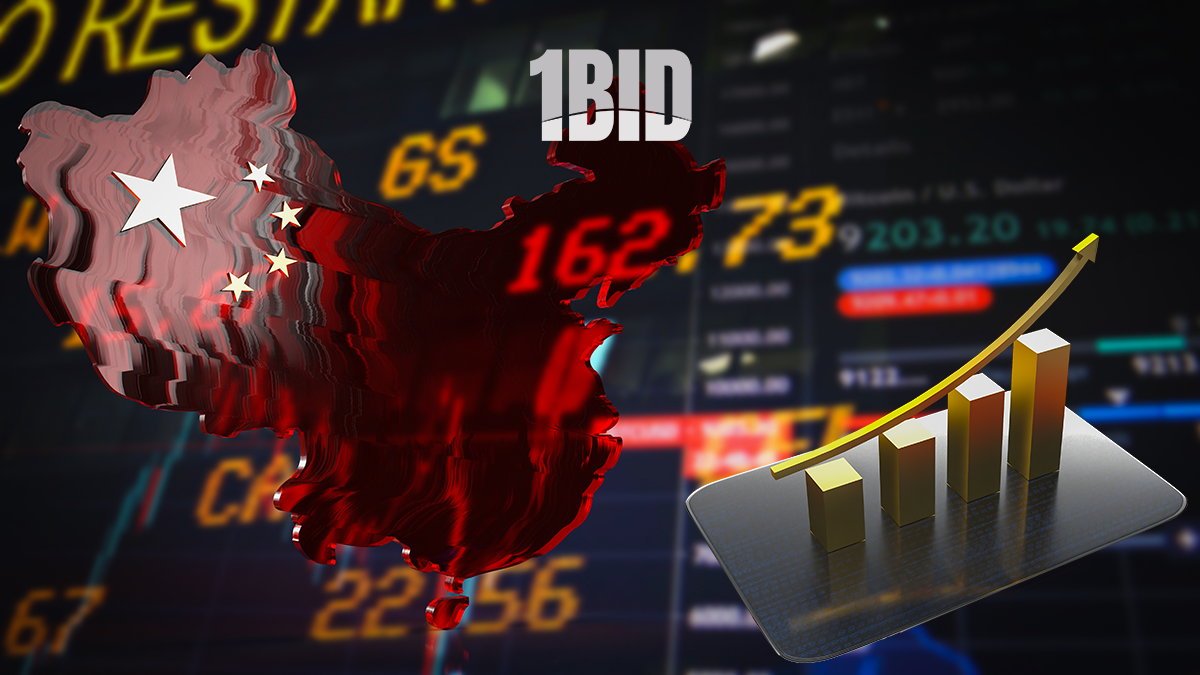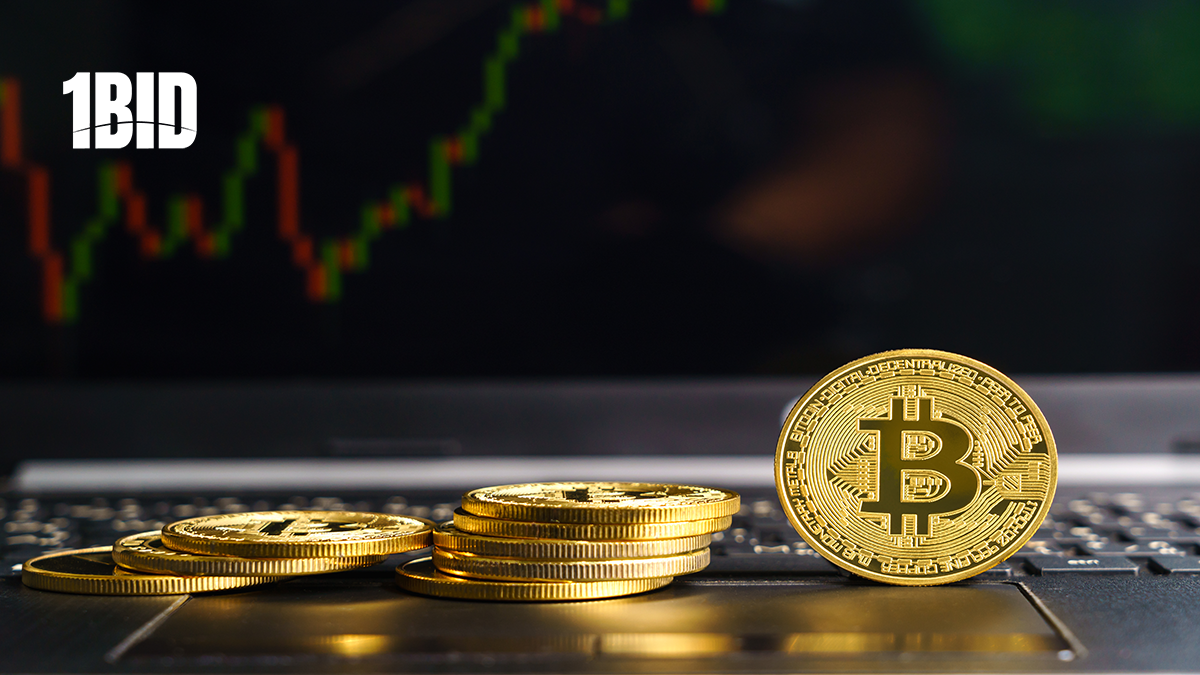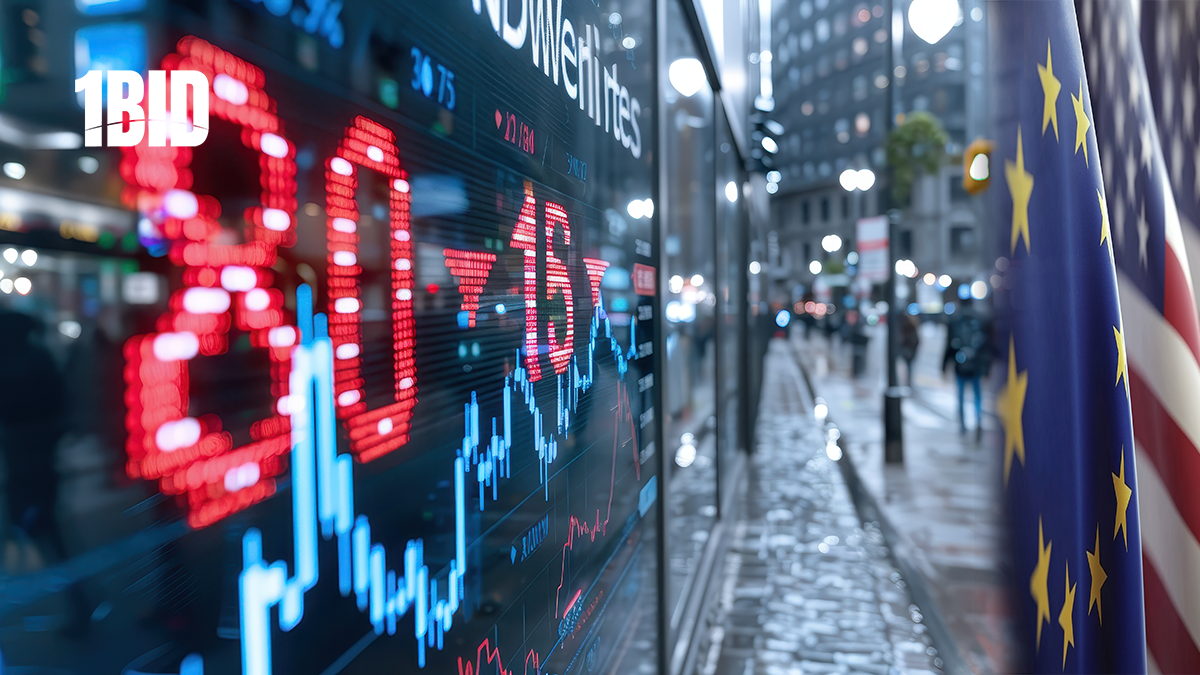Before the PBOC’s announcement, the iShares China Large-Cap FXI ETF had already risen by 28% from its 2024 low on January 22. The PBOC’s decision to lower its benchmark interest rate by 0.2 percentage points, reduce the reserve requirements for banks, and inject liquidity into financial institutions to purchase Chinese stocks further boosted the ETF by an additional 9.6%, bringing its total increase to 40% from its low. Analysts from 22V Research, Michael Hirson and Houze Song, noted that these measures reflect an urgent need to stimulate growth and restore confidence, though they do not represent the most aggressive possible actions.
Chinese stocks have experienced prolonged downturns, but historical patterns suggest potential for recovery. According to BTIG technical analyst Jonathan Krinsky, the Hang Seng Index, which has a longer historical record, has only seen three consecutive years of decline twice since 1965. In both instances, the index subsequently enjoyed five-year winning streaks, with gains ranging from 4% to 147%. Krinsky believes that the current market conditions and sentiment could lead to a similar positive trend, making China’s stock market an attractive opportunity.
The PBOC’s stimulus measures also had a positive effect on U.S.-traded shares of Chinese companies. For instance, PDD Holdings, the parent company of online marketplace Temu, saw its shares rise by 11%, leading the Nasdaq gainers. Other notable increases included Alibaba Group Holding (7.9%), JD.com (14%), and electric vehicle manufacturers Li Auto and Nio, both up by approximately 11%. The iShares MSCI China ETF also rose by 9%.
U.S.-based companies with significant exposure to the Chinese economy also benefited from the stimulus package. Caterpillar led the Dow gainers with a 4% increase, while Freeport-McMoRan topped the S&P 500 with a 7.9% rise. Other companies such as Las Vegas Sands, Wynn Resorts, and Estee Lauder also posted substantial gains.
The announcement of the China stimulus package influenced commodity and cryptocurrency markets as well. Crude oil futures rose by nearly 2% amid ongoing tensions in the Middle East, while gold futures reached a new record high of around $2,690 an ounce, up more than 1%. Bitcoin also saw a 1% increase, trading at over $64,000, its highest level in a month.
The PBOC’s recent interest rate cuts and other stimulus measures have had a profound impact on both Chinese and global markets. The positive response from Chinese shares, ETFs, and U.S.-traded Chinese companies indicates a renewed confidence in the potential for economic recovery. Historical trends and current market sentiment suggest that this could be the beginning of a significant upward trend for Chinese stocks, making it a market worth watching closely.







